One of the most vivid sense memories I have from when I was a child is of lying on the floor and trying to pry apart two short, flat Lego planks (2x2s) with my teeth. The tips of my fingers kept painfully slipping off of the bottom piece as my incisors clamped tight on the other, but I needed these separated desperately so that I could finish my masterpiece, a replica of the Airwolf helicopter. When I finally managed to get the two bricks apart (opening just enough space between them to pry them loose with a fingernail), I can still remember unceremoniously spitting out the one between my teeth as I affixed the other to the undercarriage of the helicopter’s cockpit section which helped to secure a section of unstable bricks. Though Lego bricks weren’t the only toy I played with as a kid, they were the one constant that I’ve always found myself going back to from around the time I was five, up until today.
When I first saw Jonathan Bender’s book, Lego: A Love Story, I was hoping that he managed to tap into my lifelong fondness for these universally loved bricks, and I wasn’t disappointed in the least. It seems that when it comes to writing about nostalgia laden topics, two extremes seem to dominate the landscape, the overly saccharine sweet or the dismissive, snarky and sarcastic. Both show a level of fondness, but both are also hard to plow through as any extreme viewpoint can be. It’s a battle I fight every time I sit down to write something for this site and it’s sort of rare that you can find someone who can actually manage an evenhanded voice when writing about nostalgia. Bender has done just that with his first book in which he reacquaints himself with Lego brick building after having put the toys away as a preteen almost twenty years ago.
Though I’d hesitate to call myself an AFOL (Adult Fan of Lego), it seem that there hasn’t been a time in my life when I have had at least one set worth of Lego bricks hanging around the home or office. I feel like I have a decent handle over the general history of the toy, yet Bender manages to uncover all sorts of interesting tidbits of information, from the split between Lego traditionalists and the customizers, to the rules, habits and vernacular of the dedicated Lego fandom. Did you know that gluing pieces together or painting them is a cardinal sin to some purists? But it’s not just about the hardcore fans. Through his own experience dipping his feet back into the world of Lego, Bender does an excellent job of relating to the common fans by sharing his childhood building stories as well as showcasing new attempts at building his own creations (called MOCs, or My Own Creations by the fan community.)
One tidbit that stuck me was that feminine hairpieces for the mini-figures tend to be rarer because most of the figures are geared towards boys and men (like most toy-lines actually.) It reminded me of a good friend I had back in high school who used to customize his Lego mini-figures to look like Marvel comics characters (way back before Lego started putting out so many licensed sets) and he’d always have to make female character’s hair out of hot glue (which he shaped while it was hot and then painted later to get the likeness just right.)
I found it fascinating that Bender approached the bricks so apprehensively, where he seemed almost ashamed of sharing his creations for fear of rejection by the experienced fans and masters he’s met while researching the book. It’s also amazingly heartening to find out that so many of these master builders don’t think twice about Bender’s novice status, applauding his multicolored delivery vans and biplanes and encouraging him to build bigger and better stuff. This is the wonder of Lego in that at it’s core the toy is about creating and learning and it attracts (for the most part) a legion of fans who completely believe in these principles.
At the end of the day Jonathan Bender has done a wonderful job of showcasing Lego in a way that I think anyone would find interesting, from the kid who packed away their bricks when they were twelve to the hardcore fanatic that thinks they know every fact and facet about the toys. It’s personable, funny and interesting, not to mention taking an honest and thoughtful look at the nostalgia for Lego without slipping into the too-sweet or too-jaded that we tend to see in similar books, articles and homages.
























